What is coaching in the workplace pdf
What is coaching in the workplace pdf
This directs the work between the coach and coachee. As a discipline, coaching draws from a number of areas of study including psychology, sports coaching and business. 3
As a leader, there are benefits to being a coach in the workplace as well. You build a better relationship with employees, and those employees are more likely to buy into the company vision and
Attitudes to Workplace Coaching / 5 There is an old adage in the coaching world that “the person who has the problem is probably in the best place to come up with the solution”, so our role as workplace
Coaching for teaching and learning: a practical guide for schools About the guidance report This guidance report is designed to offer information and support for teachers and school leaders.
(Adapted from Corporate Coach U’s article on Coaching in the Workplace). Ron Cacioppe is the Managing Director of Integral Development and holds a BSc, an MBA and a PhD. He has taught in the Graduate School of Management at Macquarie University, Curtin University and the University of Western Australia.
Coaching and mentoring serve as learning tools in the workplace that can lead to empowering your employees. The employees who are coached and mentored often receive the greatest benefit, but the
Six Coaching Strategies You Can Apply in the Workplace. By Jamie Walters. Whether on the gridiron, in the boardroom, as part of a project team, or as a personal or professional counselor, all
as a foundation for evidence-based executive, workplace and life coaching. It is clear that the parts that make up the whole practice of executive, work- place and life coaching are not new
Coaching is a way of thinking, a way of being, and a way of accelerating development. Why should organisations use coaching? Coaching is a lever for unleashing potential!
Although the primary work is between executive and coach, coaching is always an organizational intervention and, as such, should be conducted within the context of …
The Benefits of Coaching Employees Workplace Psychology
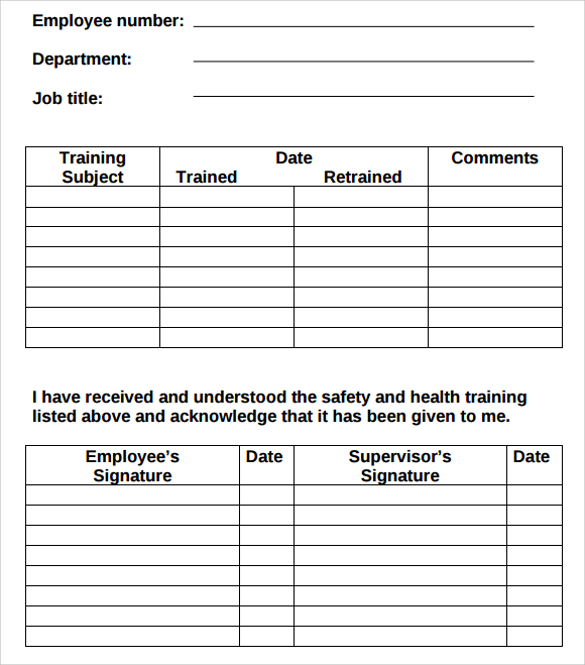
6 Steps to Coach Employees Effectively
Coaching programs are specifically designed to assist with supervisory issues such as: – Motivating your workforce – Helping your team meet its goals – Dealing with ongoing organizational change – Enhancing your communication skills – Finding ways to improve employee work performance – Developing your leadership skills to meet the challenges of a rapidly changing workforce What is
Consequently, coaching usually happens at the workplace. The coach is likely to set or suggest goals for the learner; measuring performance periodically as the learner develops new skills. This needs a good working relationship between learner and coach. Teaching. The focus of teaching is to impart knowledge and information through instruction and explanation. And the goal for the student is
Coaching and mentoring can be effective approaches to developing employees. Both have grown in popularity, with many employers using them to enhance the skills, knowledge and performance of their people around specific skills and goals. This factsheet offers a definition of coaching and mentoring
Coaching in the workplace is experiencing rapid growth and popularity, particularly within senior management. This increase is in response to the link between workplace coaching and improved
COURSE PACKAGE: Page 32 of 131 TEACHING AND LEARNING Workplace Skills Introduction This part of this course introduces a six-step coaching plan for teaching and learning
Coaching in the Workplace. The best way is to encourage your team members to solve their own problems without having to refer back up to you is to create an environment in which this can occur.
Nonetheless as a manager using coaching skills in the workplace you can greatly enhance the motivation and willingness of staff to take ownership of their development. This will free you up to do the job you were employed to do and enable you to delegate more effectively. Jackie Arnold Jackie is a leadership coach and the director of Coach 4 Executives. www.coach4executives.com She runs
The coachee’s immediate manager is a critical partner in coaching. She or he often provides the coach with feedback on areas in which his or her employee is in need of coaching. This coach uses this information to guide the coaching process
Make coaching employees in the workplace a habit Coaching employees is about creating a shared understanding about what needs to be done and how it is to be. Unlike sports, with coaching employees the coach doesn’t take an authoritarian approach but rather looks to collaborate with the employee to identify, target, and plan for better performance.
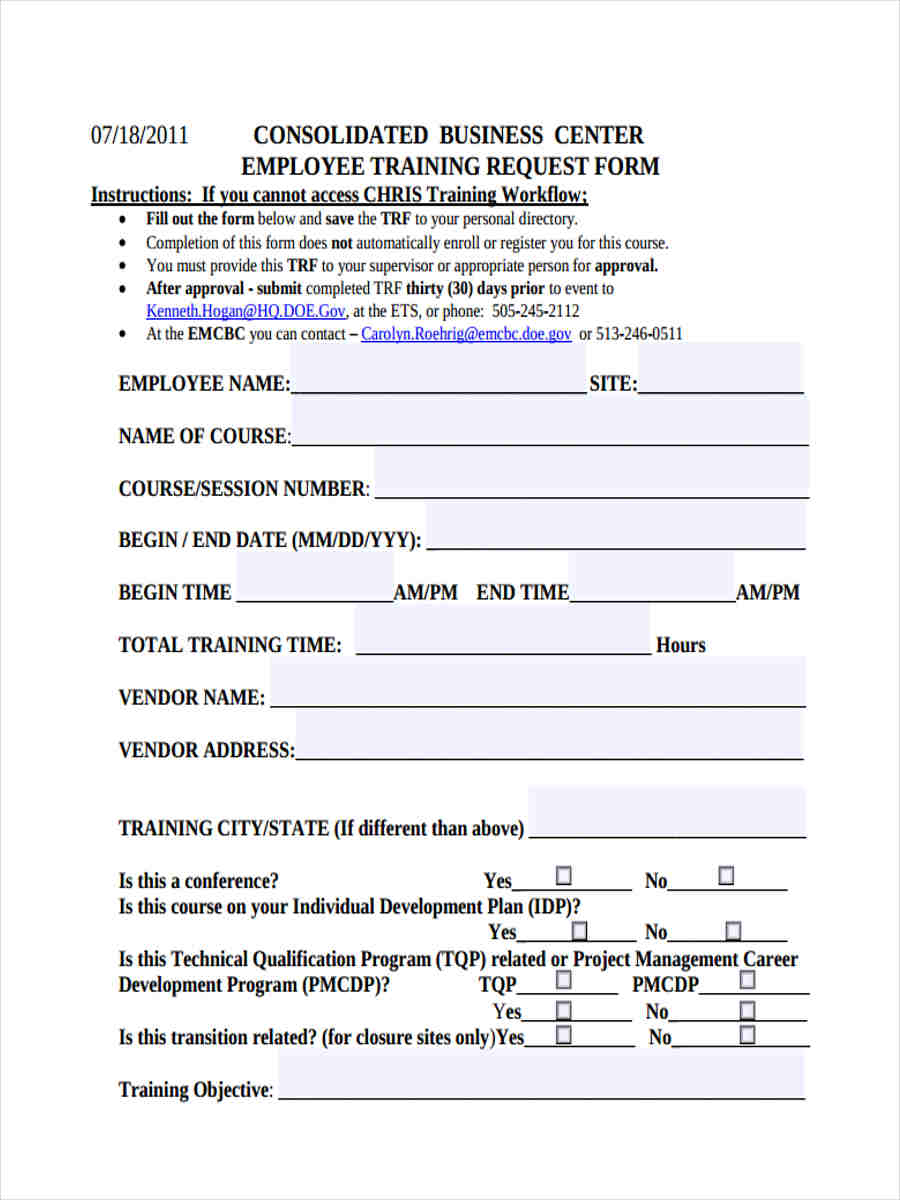
Learning Coaching – Example of Effective Coaching In personal and professional coaching, the coach works to guide and support the client to solve a problem or achieve a goal.
The Working Life: The Importance of Workplace Mentors By Mary Abbajay Most adults can identify a person who had a significant and positive impact on them. Whether it was a teacher, a coach, a boss, a scoutmaster or a parent, chances are that someone, somewhere along the line acted as a mentor to you. Today, more and more businesses are embracing the concept of mentoring as a professional
Schedule regular coaching meetings-make the coaching sessions a priority. Be a mirror for the coachee, reflect what they may not see themselves. Help coachee to prioritize by assessing how and on what his/her time is spent.
The coaching role must be agreed upon to work. Most importantly, the HR specialist pushes the window with each manager to assist her to grow professionally to promote the success of the organization and of the individual.
coaching in the workplace. Specifically, this Summary presents the leading-edge model Specifically, this Summary presents the leading-edge model of coaching which has been proven effective within organizations seeking to retain
The goal of coaching is to work with the employee to solve performance problems and to improve the work of the employee, the team, and the department. Employees who respond positively to coaching and improve their performance can become valued contributors to the success of the business.
workplace learning, which is typically associated with on-the-job training, has also been extended to comprise on-the-job learning. Here, learning is seen as a central to the way in which work is designed. Issues and definitions Workplace learning is defined as: … an emerging inter-disciplinary field that encompasses the theory and practice of management, individual and organisational
Effective workplace coaching is a collaborative dialogue between managers and employees. The goal is to identify areas for improvement, help employees learn from mistakes, and encourage employees to take a proactive role in their development. Ultimately, a good coach/manager should help an employee improve their day-to-day performance while also developing their skillset and knowledge to
for the Workplace Please note that this is a draft chapter and may be subject to alteration chapter objectives This chapter will: explain the meaning and purpose of mentoring describe the potential benefits of mentoring consider factors that affect the implementation of mentoring explore the role of a mentor in the mentoring process identify some techniques for use in mentoring. introduction
13/12/2018 · In some companies, having an executive coach is a badge of honor. But many top managers are finding that the advisers hired to solve their …
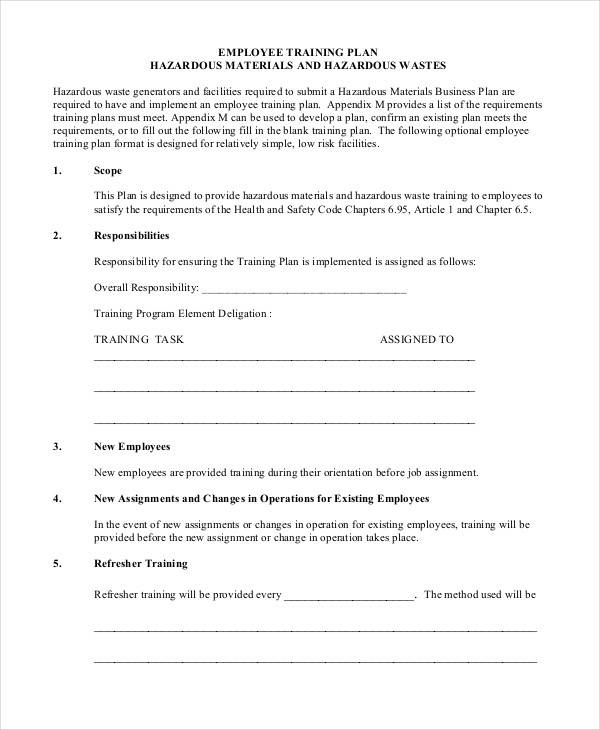
performance and improvement at work, although it may also have an impact on an individual’s private life. It usually 3lasts for a short period and focuses on specific skills and goals.’ Traditionally, mentoring is the long term passing on of support, guidance and advice.
Coaching is the practice of supporting an individual to define and achieve their goals. LifeWorks in the Workplace offers coaching to individuals and groups, which can be delivered onsite, at our Melbourne office or over the phone.
Coaching can be done in one conversation or as part of an overall coaching program. One of the clearest ways to distinguish the power of coaching is by comparing it to a typical conversation. In the following, let’s assume that Tom’s current priority is to improve his time management.
But in-house workplace coaching differs from professional coaching. In the workplace, coaching lies on a continuum from the formal structured workplace coaching session at one end to informal, on-the-run workplace coaching at the other.
1 Ethics in Coaching, Contracting, and Confidentiality: Drawing Lines in the Sand: By Suzi Pomerantz, MT., MCC and Jackie Eiting, MSW Since many executives today confuse ethics (authentic leadership steeped in morals, values, and meaning) with
Coaching for Workplace Bullying Chaco Canyon Consulting
Put simply, coaching is a process that aims to improve performance and focuses on the ‘here and now’ rather than on the distant past or future. While there are many different models of coaching, here we are not considering the ‘coach as expert’ but, instead, the coach as a facilitator of
Application. This unit describes the skills required to provide on the job coaching to colleagues. This unit has no parity with National Workplace Trainer standards, but reflects the situation in many workplaces where formal and informal on the job coaching is extremely common.
resources in the workplace differ from person to person. Because effective Because effective coaching and mentoring release potential and deliver results, they can be
To summarise, coaching is a little bit like having the professional equivalent of a fitness trainer – a specialist dedicated to working with you on specific goals and
The workplace also needs coaches and coaching in order to be successful. Just like athletes need to be coached to reach their full potential, your employees in the workplace also need to be coached.
Workplace mentoring is about taking action to make the most out of workplace skills training. This unit centers on learning skills in the workplace. There is a focus on how to get the most out of learning skills in the workplace, and the things people can do to help them learn skills in the workplace. This is important for helping to ensure that the skills, tips, techniques and best practices
Coaching Employees: 5 Steps to Making It More Effective. The key to having self-motivated employees is effective coaching. Initially, it will take extra time – the whole “teach a man to fish” process versus just “catch a man a fish.” – leader as coach mary dee hicks david b peterson pdf Coaching in Today’s Workplace The coach as a facilitator of ideas Discussion questions: What is your vision for your life? What are your values? If you had no limitations what would you do? What are your fears? What have you done in the past to make this happen? How do you see your next step? How can I help? The coach as a call to action Schedule regular coaching meetings-make the coaching
Coaching for Workplace Bullying can help anyone connected with bullying — not just targets. Supervisors, bystanders, policy makers, abettors, targets, bullies — anyone. In my experience, with the right help, everyone can find a more constructive way to relate to the bullying, and each person who does so brings the entire social group a few steps closer to ending all bullying.
Understand 7 Facts that Make the Case for Coaching In The Workplace: Coaching in the workplace is a phenomenon that has seemingly crept-up on us and now coaching is …
A workplace coach can be a company employee or a contracted individual. Mentor While mentoring and coaching are different workplace tools, mentoring can serve as an effective coaching method.
The best mentoring or coaching programmes will not work if they are not accepted by the wider team. There is a danger that mentoring and coaching will be seen as a ‘management ploy’ and not a method of encouraging individual potential. The following points need to be applied for mentoring and coaching to be accepted. Topic Gateway Series Mentoring and coaching . 8 There needs to be: 1
16 Mar 2017. What is Workplace Coaching? Workplace Coaching is: The process of equipping people with the tools, knowledge, and opportunities they need to fully develop themselves to be effective in their commitment to themselves, the company, and their work.
Developing the leader as coach: insights, strategies and tips for embedding coaching skills in the workplace Grant et al. Volume 6, 2013 – Issue 2
The Working Mechanics of Workplace Coaching. Workplace coaching is only as effective as the coach doing the actual coaching. In other words, a life coach must be a good fit for the organization.
3 Coaching-style leadership Organisations are looking for independent employees; people who want to – and are able to – assume responsibility for their work. These are people who associate with the goals of the organisation and the department, people who are competent and have the willingness to develop themselves further in order to perform better. They are people who want to get the best
The coaching work plan tool includes space for identifying the client, the coaching goal, brainstorming ways to support the goal(s), how you will track progress, and any other notes. As you work through the coaching process, you can also note the progress that has been made and how you can support the client moving forward.
Coaching is globally recognised for its effectiveness and capacity to deliver results. The world’s leading companies are increasingly investing in coaching and workplace coach training as a tool to develop their people and maintain an edge over their competitors.
Coaching the team at Work . Introduction. While a great deal has been written about coaching individuals, there has been relatively little investigation of coaching teams at work.
As coaching becomes more prevalent in the workplace, it can be useful to distinguish between the different type of coaching that are available, so that you find the right type of coach …
7/10/2016 · Building a coaching culture in the workplace better positions companies to grow and nurture talent. But what exactly is a “coaching culture,” and how can leaders make this part of …
training.gov.au PSPGEN036 – Provide workplace coaching
What are the benefits of coaching employees? Harvard Business Review’s Answer Exchange offers some great reasons: When organizations coach employees, benefits to the company include: Overcome costly and time-consuming performance problems; Strengthen employees’ skills so you can delegate more tasks to them and focus on more important managerial responsibilities—such as planning; …
And support coach training in these Competition – Development Managing Conflict Leading Drug-free Sport Developing Athletic Abilities Prevention and Recovery Psychology of Performance And train coaches to work with: Athletes Parents Other Coaches Administrators Officials
Leadership Coaching, however, is a collaborative, individualised relationship between a leader and the coach — the leader could well be an executive, manager, supervisor, team leader or business owner for example — anyone in charge or responsible for a group of people.
The Executive Coaching Handbook is divided into four sections as follows: Defining Executive Coaching describes executive coaching and the partnership required for maximum success. We believe executive coaching is most successful as a three-way partnership among coach, executive, and the executive’s organization. Each partner has an obligation and responsibility to contribute to the …
Coaching would help them learn what they need to know, but coaching is about more than book knowledge. It can help the learner develop instincts. It can help the learner develop instincts. Business coaching and mentoring is about the mentee’s development as a whole person, not just stuffing more information into them.
The effectiveness of workplace coaching: A meta-analysis of learning and performance outcomes from coaching Article (PDF Available) in Journal of Occupational and Organizational Psychology 89(2
Coaching is a form of development in which a person called a coach supports a learner or client in achieving a specific personal or professional goal by providing training and guidance. The learner is sometimes called a coachee.
(PDF) What is evidence-based executive workplace and life
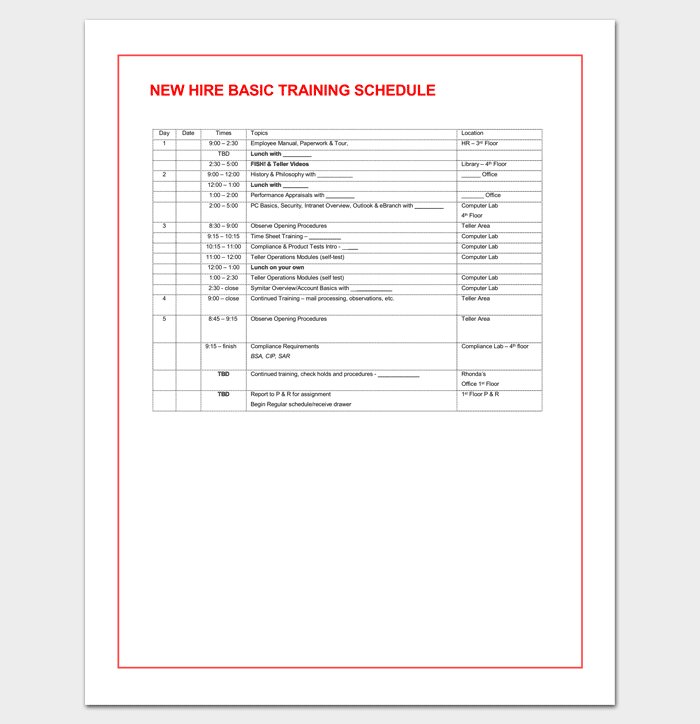
Example of a Coaching Conversation Coaching and Action
Barrett Benefits of Coaching

How Does Coaching & Mentoring Work to Empower Employees
Why Coaching In The Workplace? The Integral Business

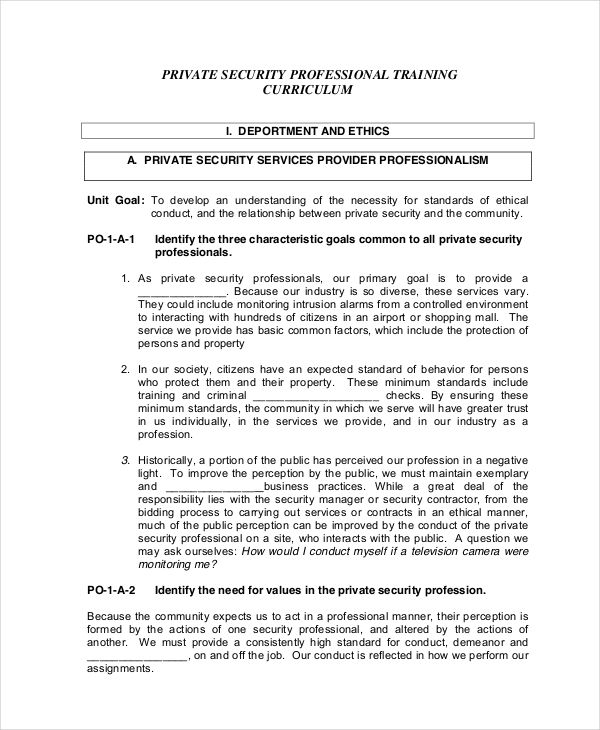
Workplace Coaching LifeWorks
Coaching the team at Work David Clutterbuck
– Coaching in the Workplace Definition & Importance Video
The Difference Between Coaching & Mentoring
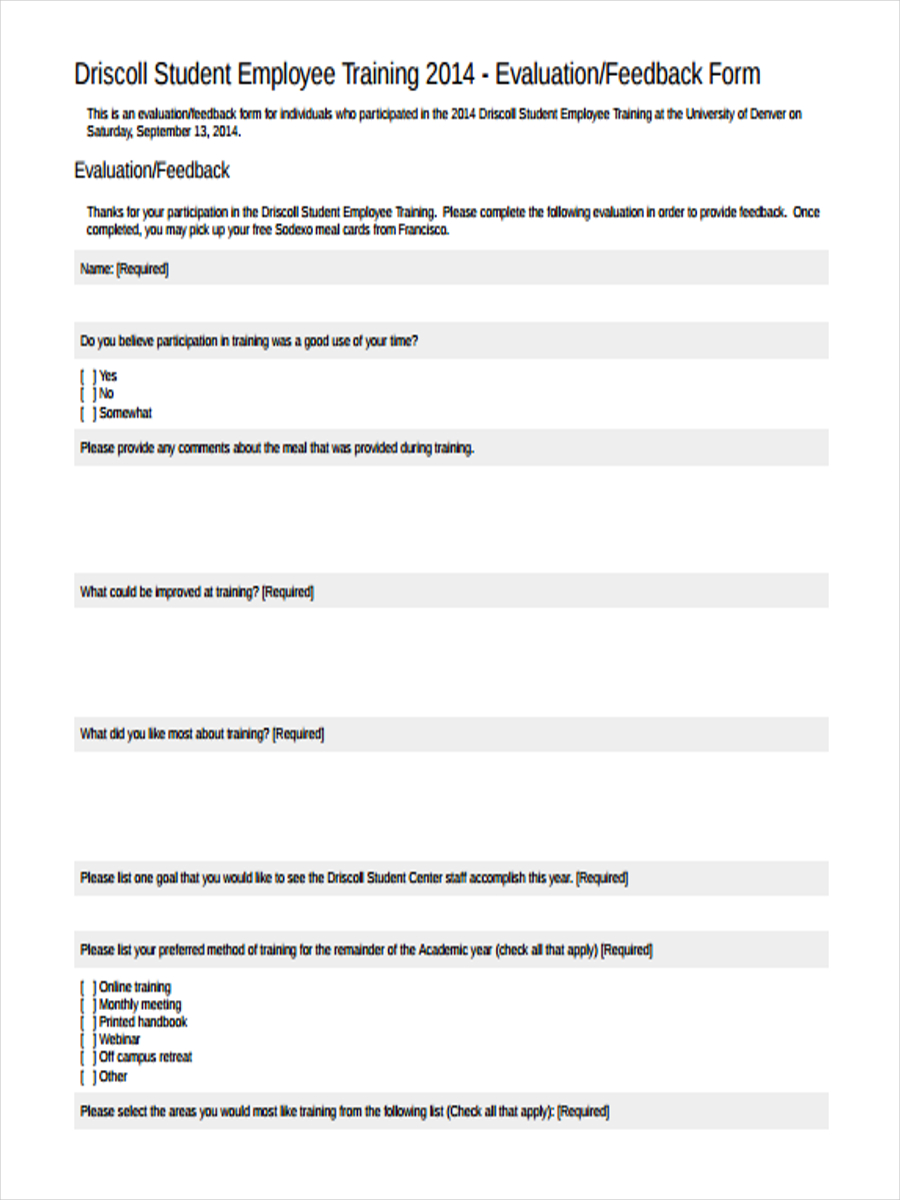
Attitudes to Workplace Coaching TTEC
Supporting Workplace Learning employment-studies.co.uk
Coaching Employees 5 Steps to Making It More Effective
Ways to Coach in the Workplace Chron.com
COURSE PACKAGE: Page 32 of 131 TEACHING AND LEARNING Workplace Skills Introduction This part of this course introduces a six-step coaching plan for teaching and learning
Coaching is the practice of supporting an individual to define and achieve their goals. LifeWorks in the Workplace offers coaching to individuals and groups, which can be delivered onsite, at our Melbourne office or over the phone.
Coaching can be done in one conversation or as part of an overall coaching program. One of the clearest ways to distinguish the power of coaching is by comparing it to a typical conversation. In the following, let’s assume that Tom’s current priority is to improve his time management.
The Working Life: The Importance of Workplace Mentors By Mary Abbajay Most adults can identify a person who had a significant and positive impact on them. Whether it was a teacher, a coach, a boss, a scoutmaster or a parent, chances are that someone, somewhere along the line acted as a mentor to you. Today, more and more businesses are embracing the concept of mentoring as a professional
The coachee’s immediate manager is a critical partner in coaching. She or he often provides the coach with feedback on areas in which his or her employee is in need of coaching. This coach uses this information to guide the coaching process
This directs the work between the coach and coachee. As a discipline, coaching draws from a number of areas of study including psychology, sports coaching and business. 3
(Adapted from Corporate Coach U’s article on Coaching in the Workplace). Ron Cacioppe is the Managing Director of Integral Development and holds a BSc, an MBA and a PhD. He has taught in the Graduate School of Management at Macquarie University, Curtin University and the University of Western Australia.
Coaching and mentoring can be effective approaches to developing employees. Both have grown in popularity, with many employers using them to enhance the skills, knowledge and performance of their people around specific skills and goals. This factsheet offers a definition of coaching and mentoring
Coaching Employees: 5 Steps to Making It More Effective. The key to having self-motivated employees is effective coaching. Initially, it will take extra time – the whole “teach a man to fish” process versus just “catch a man a fish.”
Coaching in Today’s Workplace The coach as a facilitator of ideas Discussion questions: What is your vision for your life? What are your values? If you had no limitations what would you do? What are your fears? What have you done in the past to make this happen? How do you see your next step? How can I help? The coach as a call to action Schedule regular coaching meetings-make the coaching
Learning Coaching – Example of Effective Coaching In personal and professional coaching, the coach works to guide and support the client to solve a problem or achieve a goal.
Coaching is a form of development in which a person called a coach supports a learner or client in achieving a specific personal or professional goal by providing training and guidance. The learner is sometimes called a coachee.
Workplace mentoring is about taking action to make the most out of workplace skills training. This unit centers on learning skills in the workplace. There is a focus on how to get the most out of learning skills in the workplace, and the things people can do to help them learn skills in the workplace. This is important for helping to ensure that the skills, tips, techniques and best practices
Coaching in the workplace is experiencing rapid growth and popularity, particularly within senior management. This increase is in response to the link between workplace coaching and improved
The workplace also needs coaches and coaching in order to be successful. Just like athletes need to be coached to reach their full potential, your employees in the workplace also need to be coached.
13 Ways Leaders Can Build A ‘Coaching Culture’ At Work
Drawing Lines in the Sand Ethics in Coaching Contracting
Coaching is a form of development in which a person called a coach supports a learner or client in achieving a specific personal or professional goal by providing training and guidance. The learner is sometimes called a coachee.
Make coaching employees in the workplace a habit Coaching employees is about creating a shared understanding about what needs to be done and how it is to be. Unlike sports, with coaching employees the coach doesn’t take an authoritarian approach but rather looks to collaborate with the employee to identify, target, and plan for better performance.
COURSE PACKAGE: Page 32 of 131 TEACHING AND LEARNING Workplace Skills Introduction This part of this course introduces a six-step coaching plan for teaching and learning
The Working Life: The Importance of Workplace Mentors By Mary Abbajay Most adults can identify a person who had a significant and positive impact on them. Whether it was a teacher, a coach, a boss, a scoutmaster or a parent, chances are that someone, somewhere along the line acted as a mentor to you. Today, more and more businesses are embracing the concept of mentoring as a professional
as a foundation for evidence-based executive, workplace and life coaching. It is clear that the parts that make up the whole practice of executive, work- place and life coaching are not new
Coaching is the practice of supporting an individual to define and achieve their goals. LifeWorks in the Workplace offers coaching to individuals and groups, which can be delivered onsite, at our Melbourne office or over the phone.
workplace learning, which is typically associated with on-the-job training, has also been extended to comprise on-the-job learning. Here, learning is seen as a central to the way in which work is designed. Issues and definitions Workplace learning is defined as: … an emerging inter-disciplinary field that encompasses the theory and practice of management, individual and organisational
(PDF) The effectiveness of workplace coaching A meta
CIPD Mentoring Factsheet University of Sheffield
Coaching in Today’s Workplace The coach as a facilitator of ideas Discussion questions: What is your vision for your life? What are your values? If you had no limitations what would you do? What are your fears? What have you done in the past to make this happen? How do you see your next step? How can I help? The coach as a call to action Schedule regular coaching meetings-make the coaching
Developing the leader as coach: insights, strategies and tips for embedding coaching skills in the workplace Grant et al. Volume 6, 2013 – Issue 2
The coaching work plan tool includes space for identifying the client, the coaching goal, brainstorming ways to support the goal(s), how you will track progress, and any other notes. As you work through the coaching process, you can also note the progress that has been made and how you can support the client moving forward.
coaching in the workplace. Specifically, this Summary presents the leading-edge model Specifically, this Summary presents the leading-edge model of coaching which has been proven effective within organizations seeking to retain
The best mentoring or coaching programmes will not work if they are not accepted by the wider team. There is a danger that mentoring and coaching will be seen as a ‘management ploy’ and not a method of encouraging individual potential. The following points need to be applied for mentoring and coaching to be accepted. Topic Gateway Series Mentoring and coaching . 8 There needs to be: 1
Understand 7 Facts that Make the Case for Coaching In The Workplace: Coaching in the workplace is a phenomenon that has seemingly crept-up on us and now coaching is …
Consequently, coaching usually happens at the workplace. The coach is likely to set or suggest goals for the learner; measuring performance periodically as the learner develops new skills. This needs a good working relationship between learner and coach. Teaching. The focus of teaching is to impart knowledge and information through instruction and explanation. And the goal for the student is
7/10/2016 · Building a coaching culture in the workplace better positions companies to grow and nurture talent. But what exactly is a “coaching culture,” and how can leaders make this part of …
The goal of coaching is to work with the employee to solve performance problems and to improve the work of the employee, the team, and the department. Employees who respond positively to coaching and improve their performance can become valued contributors to the success of the business.
resources in the workplace differ from person to person. Because effective Because effective coaching and mentoring release potential and deliver results, they can be
Effective coaching in the workplace
Coaching for Workplace Bullying Chaco Canyon Consulting
The workplace also needs coaches and coaching in order to be successful. Just like athletes need to be coached to reach their full potential, your employees in the workplace also need to be coached.
Coaching for teaching and learning: a practical guide for schools About the guidance report This guidance report is designed to offer information and support for teachers and school leaders.
As a leader, there are benefits to being a coach in the workplace as well. You build a better relationship with employees, and those employees are more likely to buy into the company vision and
The goal of coaching is to work with the employee to solve performance problems and to improve the work of the employee, the team, and the department. Employees who respond positively to coaching and improve their performance can become valued contributors to the success of the business.
coaching in the workplace. Specifically, this Summary presents the leading-edge model Specifically, this Summary presents the leading-edge model of coaching which has been proven effective within organizations seeking to retain
But in-house workplace coaching differs from professional coaching. In the workplace, coaching lies on a continuum from the formal structured workplace coaching session at one end to informal, on-the-run workplace coaching at the other.
14 thoughts on “What is coaching in the workplace pdf”
Put simply, coaching is a process that aims to improve performance and focuses on the ‘here and now’ rather than on the distant past or future. While there are many different models of coaching, here we are not considering the ‘coach as expert’ but, instead, the coach as a facilitator of
Workplace Coaching A Six Step Guide for Coaching at Work
Coaching programs are specifically designed to assist with supervisory issues such as: – Motivating your workforce – Helping your team meet its goals – Dealing with ongoing organizational change – Enhancing your communication skills – Finding ways to improve employee work performance – Developing your leadership skills to meet the challenges of a rapidly changing workforce What is
What is Coaching? SkillsYouNeed
This directs the work between the coach and coachee. As a discipline, coaching draws from a number of areas of study including psychology, sports coaching and business. 3
Integral Development Why Workplace Coaching and Why now?
Coaching in the workplace is experiencing rapid growth and popularity, particularly within senior management. This increase is in response to the link between workplace coaching and improved
Workplace Coaching LifeWorks
This directs the work between the coach and coachee. As a discipline, coaching draws from a number of areas of study including psychology, sports coaching and business. 3
Coaching Employees 5 Steps to Making It More Effective
Different types of coaching Sue Stockdale
Workplace Coaching LifeWorks
Coaching and mentoring can be effective approaches to developing employees. Both have grown in popularity, with many employers using them to enhance the skills, knowledge and performance of their people around specific skills and goals. This factsheet offers a definition of coaching and mentoring
Integral Development Why Workplace Coaching and Why now?
Six Coaching Strategies You Can Apply in the Workplace
Coaching Wikipedia
The coachee’s immediate manager is a critical partner in coaching. She or he often provides the coach with feedback on areas in which his or her employee is in need of coaching. This coach uses this information to guide the coaching process
6 Steps to Coach Employees Effectively
Attitudes to Workplace Coaching TTEC
Coaching in the Workplace. The best way is to encourage your team members to solve their own problems without having to refer back up to you is to create an environment in which this can occur.
Coaching for Workplace Bullying Chaco Canyon Consulting
What are the benefits of coaching employees? Harvard Business Review’s Answer Exchange offers some great reasons: When organizations coach employees, benefits to the company include: Overcome costly and time-consuming performance problems; Strengthen employees’ skills so you can delegate more tasks to them and focus on more important managerial responsibilities—such as planning; …
Coaching the team at Work David Clutterbuck
Coaching in the workplace Free Management eBooks
How to Coach Effectively as an HR Professional
The Working Life: The Importance of Workplace Mentors By Mary Abbajay Most adults can identify a person who had a significant and positive impact on them. Whether it was a teacher, a coach, a boss, a scoutmaster or a parent, chances are that someone, somewhere along the line acted as a mentor to you. Today, more and more businesses are embracing the concept of mentoring as a professional
6 Steps to Coach Employees Effectively
Coaching for teaching and learning ncl.ac.uk
Acknowledgements effectiveservices.org
The coaching role must be agreed upon to work. Most importantly, the HR specialist pushes the window with each manager to assist her to grow professionally to promote the success of the organization and of the individual.
Coaching Wikipedia
Coaching in Today’s Workplace magellanassist.com
Example of a Coaching Conversation Coaching and Action
16 Mar 2017. What is Workplace Coaching? Workplace Coaching is: The process of equipping people with the tools, knowledge, and opportunities they need to fully develop themselves to be effective in their commitment to themselves, the company, and their work.
COACHING IN THE WORKPLACE Trilogy Coaching
How Does Coaching & Mentoring Work to Empower Employees
Coaching in the Workplace Definition & Importance Video
The Executive Coaching Handbook is divided into four sections as follows: Defining Executive Coaching describes executive coaching and the partnership required for maximum success. We believe executive coaching is most successful as a three-way partnership among coach, executive, and the executive’s organization. Each partner has an obligation and responsibility to contribute to the …
What Is Coaching in the Workplace? ISME
CIPD Mentoring Factsheet University of Sheffield
Ways to Coach in the Workplace Chron.com
The Executive Coaching Handbook is divided into four sections as follows: Defining Executive Coaching describes executive coaching and the partnership required for maximum success. We believe executive coaching is most successful as a three-way partnership among coach, executive, and the executive’s organization. Each partner has an obligation and responsibility to contribute to the …
Example of Coaching Conversation
Coaching Wikipedia
Barrett Benefits of Coaching
Comments are closed.